Create an inclusive and engaging experience for every audience with communication access services for your events, videos and written content.
ITC Global offers a full suite of accessibility services designed to help you make events and communications truly inclusive. Not sure which service is right for you? Check out the frequently asked questions below and then contact our accessibility experts if you want tailored support.
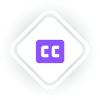
Make sure people who are Deaf or hard of hearing can fully understand your videos.
Expanded subtitles with transcribed dialogue and written descriptions of significant background noises, music, sound effects, and speaker identification. We follow accessibility standards:
☑️ Results: A seamless, inclusive video experience that aligns with international accessibility standards.

Make your videos accessible for people who communicate in sign languages.
We film a professional who interprets your content in sign language on a neutral background for optimal viewing. The video is then synchronized with the audio and visual elements. Subtitles can be added for even wider accessibility.
Languages we offer:
☑️ Results: Clear, accessible content that fits the language and cultural norms of Deaf people who use sign language in the United States, Quebec, France, and around the world.
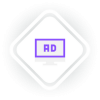
Provide full immersion to people who are blind or have visual impairments with seamless, adapted narration.
We write a descriptive script that fits smoothly between on-screen dialogue, translate it into the language of your choice, and transform it into realistic voiceover. This narration is reviewed and approved by people with visual impairments before being added to your video.
Available in 12 languages: Danish, Dutch, English, French, German, Hungarian, Italian, Japanese, Spanish, Portuguese, Swedish.
☑️ Results: An inclusive, seamless multilingual audio experience that allows people with visual impairments to fully experience and enjoy your content.
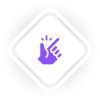
Provide educational and information materials in a format everyone can understand.
We simplify the text, visuals, and structure according to internationally-recognized Easy Read rules. This adaptation is useful for many audiences, including:
Easy Read adaptations can be created in multiple languages based on your audience.
☑️ Results: A clear, inclusive language that’s understood on the first read.
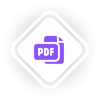
Transform your documents into files that can be read by assistive technology.
We add structure to your PDF files using tags, descriptions, and meta information based on WCAG or PDF/UA standards so they’re fully compatible with screen readers. Every document we adapt comes with an accessibility certificate confirming it complies with current standards.
☑️ Results: Professional, compliance-certified documents with a clear structure that can be used by everyone, even those with visual impairments.
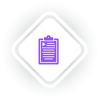
Add a complete text alternative to your videos.
This document is provided along with your video content and accurately describes the essential visual elements (including gestures, scenery, and facial expressions), dialogue, and sounds. It helps people with visual or auditory impairments to fully understand content.
Scripts are available to download from the video’s hosting site and can be used with assistive technology like Braille readers, speech synthesis, etc.)
☑️ Results: A versatile solution that’s perfect for transcription, archiving, and posting on sharing platforms.

Share your printed content in Braille for tactile communication.
We offer two complementary formats:
☑️ Results: A reliable, practical solution that aligns with existing standards and provides direct access to written information for people who are blind without requiring you to reprint materials.

Make your on-site or remote events accessible in real time with live transcription.
CART (Communication Access Realtime Translation) is a specialized form of live transcription for conferences, webinars, meetings, and classes. This service is provided by an experienced stenographer who translates spoken content into English or French text using a stenotype, computer, and specialized software.
The text can be displayed on event projection screens, shown on a separate screen or accessed online.
☑️ Results: Clear, seamless, and inclusive communication that enables all audience members to participate live without barriers.
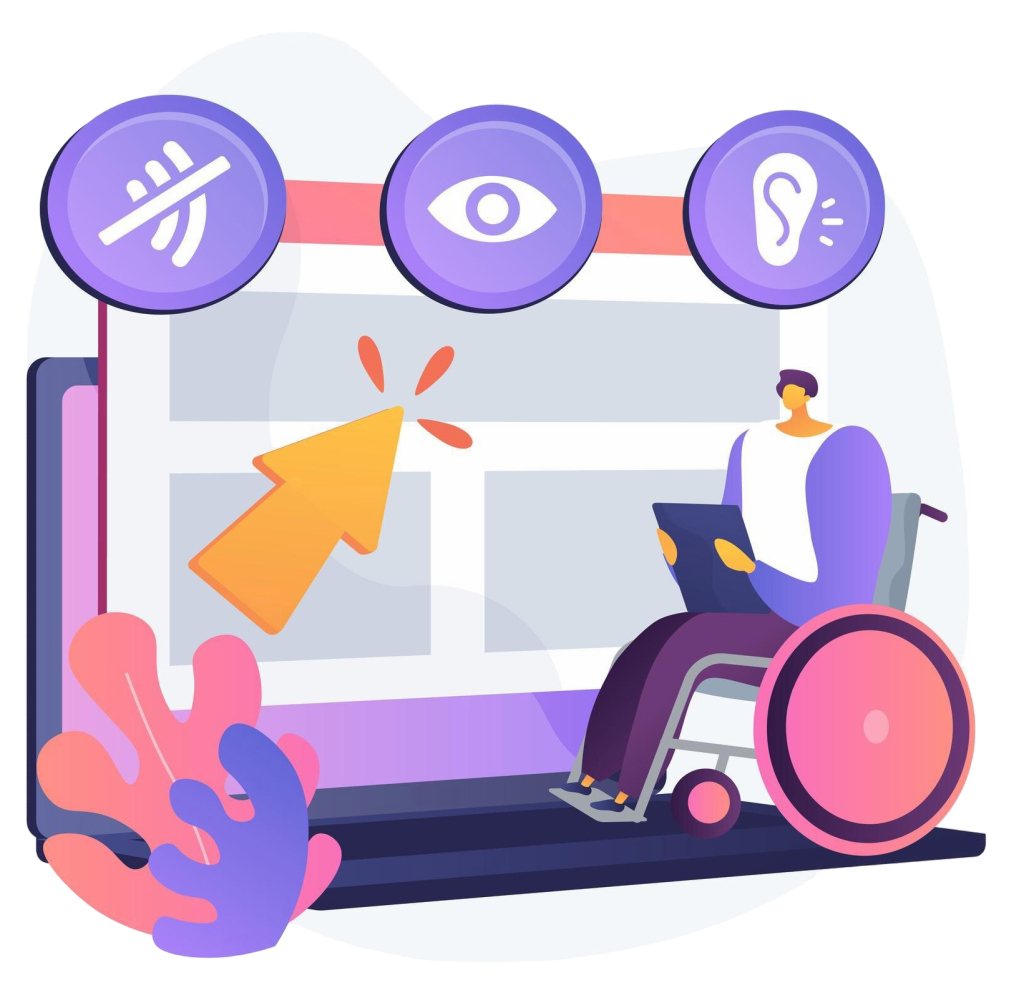
Accessibility refers to many things. In general, it’s about designing products, services, and experiences so that everyone can use them. Here are some examples to give you a better idea of what this means in practice. In the United States, the Americans with Disabilities Act requires that concert venues provide sign language interpreters so Deaf fans can fully participate in a concert. Event planners who consider accessibility will make sure seating and table arrangements allow enough space for people in wheelchairs to move freely. In the digital space, accessibility involves things like using HTML tags correctly and providing image ALT text so blind website visitors can use screen readers to access the content.
No, each country usually has its own sign language. Examples include American Sign Language (ASL), British Sign Language (BSL), Langue des signes de Quebec (LSQ), and Langue des signes française (LSF).
Consider all audiences when creating content. Adding multilingual subtitles is key to reaching audiences in multiple languages. Services like multilingual audio description will allow people who are Deaf, deafened or hard of hearing to engage more fully with your content.
Sign language interpretation is an excellent way to make your webinars, meetings, and conferences more inclusive and accessible. Multilingual spoken interpretation is another way to provide full access to your content in multiple languages.
Closed captions are the best option for accessibility for several reasons. First, the user can turn them on or off as needed. Users can also control the text size, color, background color or opacity of the captions to adjust the style so it meets their needs. Finally, it’s easier to make changes to closed captions since they’re separate from the video content.
Open captions are permanently embedded in a video, so they can’t be turned off by the user. This also means users can’t control their appearance. And any changes require editing and re-encoding the video. Open captions do have a couple of advantages for accessibility. For example, they work well for videos that will be embedded in presentation software like PowerPoint and displayed on digital signage without sound.
According to the International Plain Language Federation, “A communication is in plain language if its wording, structure, and design are so clear that the intended audience can easily find what they need, understand what they find, and use that information.” Use this style of communication when you have an important message you want everyone to understand.
Speak the language of your customers, prospects, partners, and employees around the world with ITC Global’s full suite of solutions powered by our unique blend of talent and technology. Every language solution you need, from translation to AI technology.
Tailored to you. All in one place.